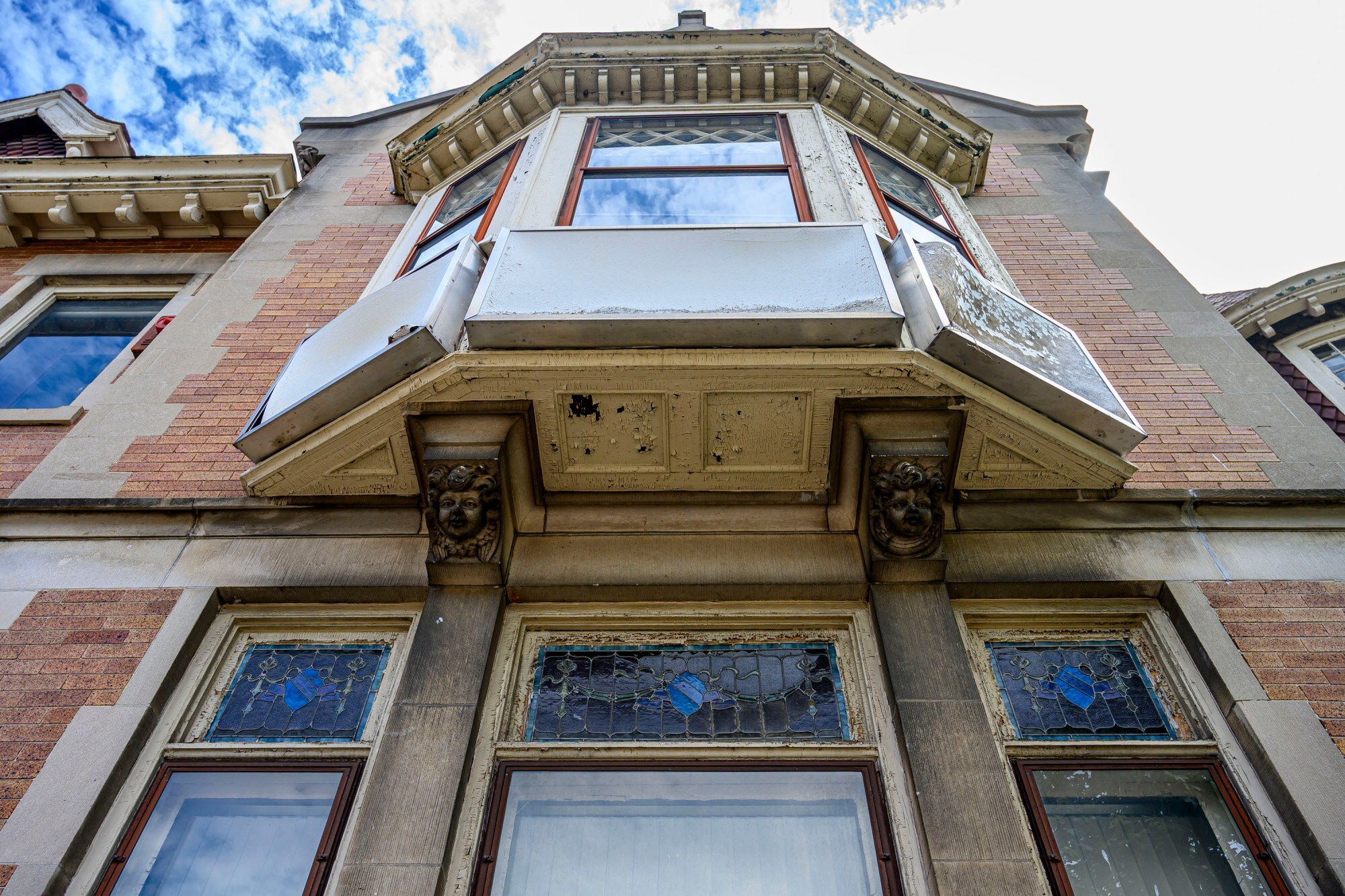Can This Historic Allentown Landmark Be Saved? City Weighs Blight Designation as Owner Pursues Restoration

Allentown’s historic Lankra building, a 125-year-old structure located at the corner of Linden and Fifth streets in downtown Allentown, is currently undergoing restoration after years of neglect. The owner, Keith Wolfe, has taken it upon himself to revive this architectural gem rather than let it be condemned or demolished. However, the road to restoration has not been without its challenges — including city scrutiny, structural setbacks, and public safety concerns.
Wolfe, a local real estate investor, has owned the 9,000-square-foot property since 2004, fully acquiring it by 2010. Originally built in 1900 as a residential home, the building was later converted into office space and housed several businesses over the decades, including Allentown Financial Corp., AFC Reverse Mortgage Co., and the Lanshe and Collins law firm. By 2022, the building had become vacant, and Wolfe fell behind on property taxes. During that time, the building became a magnet for trespassers and vandals, with reports of break-ins and people sleeping on the porch becoming frequent.
According to Wolfe, the decline of the building wasn’t intentional. In 2020, he contracted a severe case of COVID-19 that left him ill for years. Additionally, financial strain hit hard during the pandemic when a tenant who had occupied the building owed him $30,000 in unpaid rent before leaving abruptly.
“I went through a really tough time,” Wolfe admitted. “It wasn’t from negligence, but from circumstances beyond my control.”
Despite these setbacks, both Wolfe and Paul Devlin — a retired contractor with decades of experience working on pre-war buildings in New York City — believe the Lankra building remains structurally sound. Devlin came out of retirement specifically to help restore the building, bringing his expertise in historical preservation to the project.
The renovation includes major upgrades such as HVAC installation, facade repairs, and extensive interior clean-up. However, one of their primary goals is to preserve the building’s original character. This means salvaging original wood floors instead of replacing them, maintaining the terracotta tile roof, and restoring unique features like an ornate oak fireplace with turquoise tiling and stained glass bay windows.
Key Features Worth Preserving:
- Original Wood Floors: Despite water damage, plans are underway to polish and restore rather than replace.
- Terracotta Tile Roof: Maintained over the years and still in good condition.
- Stained Glass Windows: Located on the first floor, they require polishing but remain intact.
- Ornate Fireplace: A second-floor feature with intricate tiling and preserved woodwork.
- Distinctive Facade: Includes a cone-shaped turret, curved windows, and decorative masonry — all hallmarks of early 20th-century architecture.
Still, the building has faced multiple code violations. It failed an exterior inspection in June and has been cited for issues ranging from broken windows to water-damaged ceilings caused by leaking radiators. Mark Hartney, deputy community and economic development director for Allentown, emphasized the city’s concern about properties falling into disrepair.
“It’s irresponsible for owners to allow their properties to deteriorate,” Hartney said. “When neglected buildings create safety hazards and affect neighboring property values, it becomes a public issue.”
The city has already warned Wolfe that the building could be declared “blighted” — a designation that could eventually lead to eminent domain proceedings if no progress is made. Inspections are scheduled for October, and city officials plan to meet with Wolfe soon to determine his intentions for the property.
Wolfe insists he is committed to turning the building into a productive asset once again. While he plans to rent the space out for offices, he is also considering other options. He estimates the total cost of repairs will exceed $200,000, though he hopes to avoid full demolition or replacement of original elements.
“We want this to become a real jewel for the city,” Devlin said.
For now, the Lankra building stands as a symbol of resilience — both architecturally and personally — as its owner fights to preserve a piece of Allentown history against the odds.
Post a Comment for "Can This Historic Allentown Landmark Be Saved? City Weighs Blight Designation as Owner Pursues Restoration"
Post a Comment